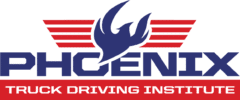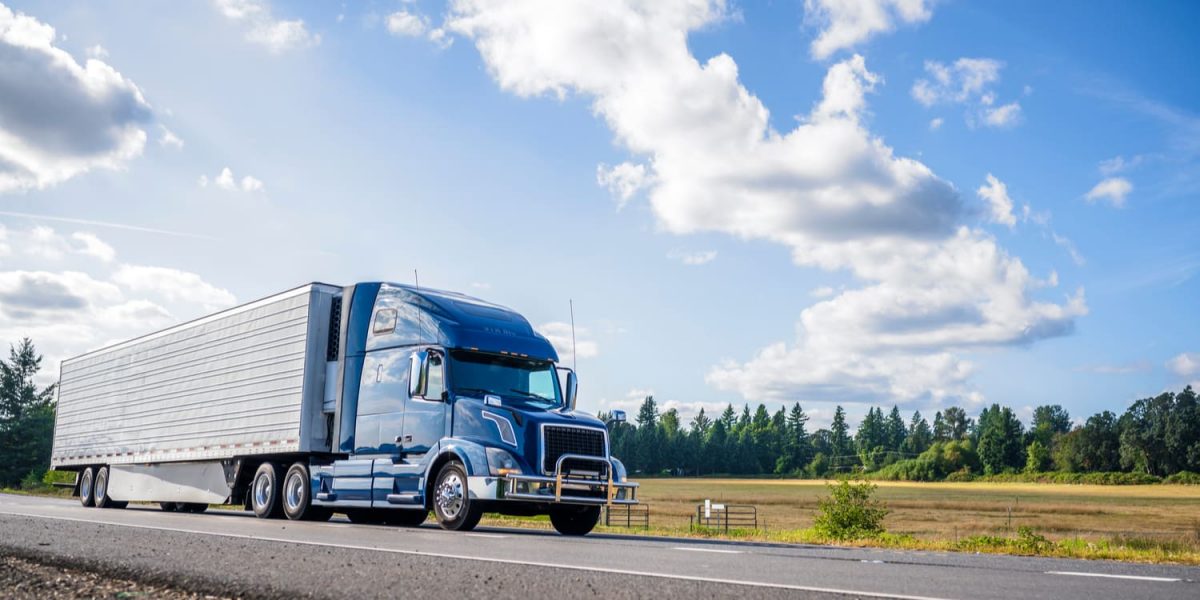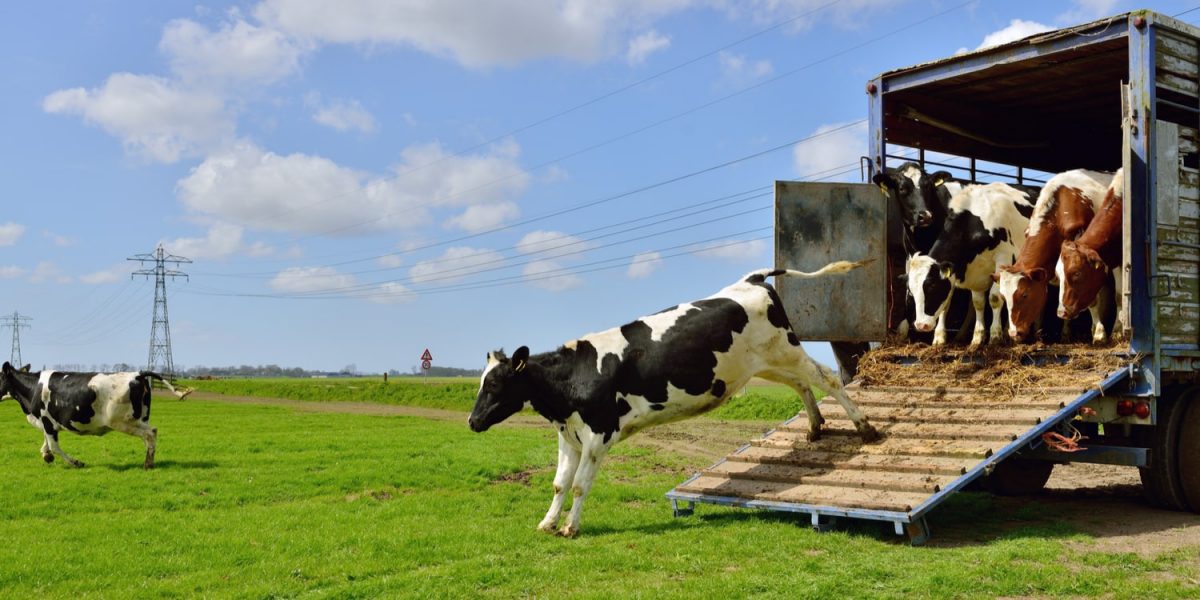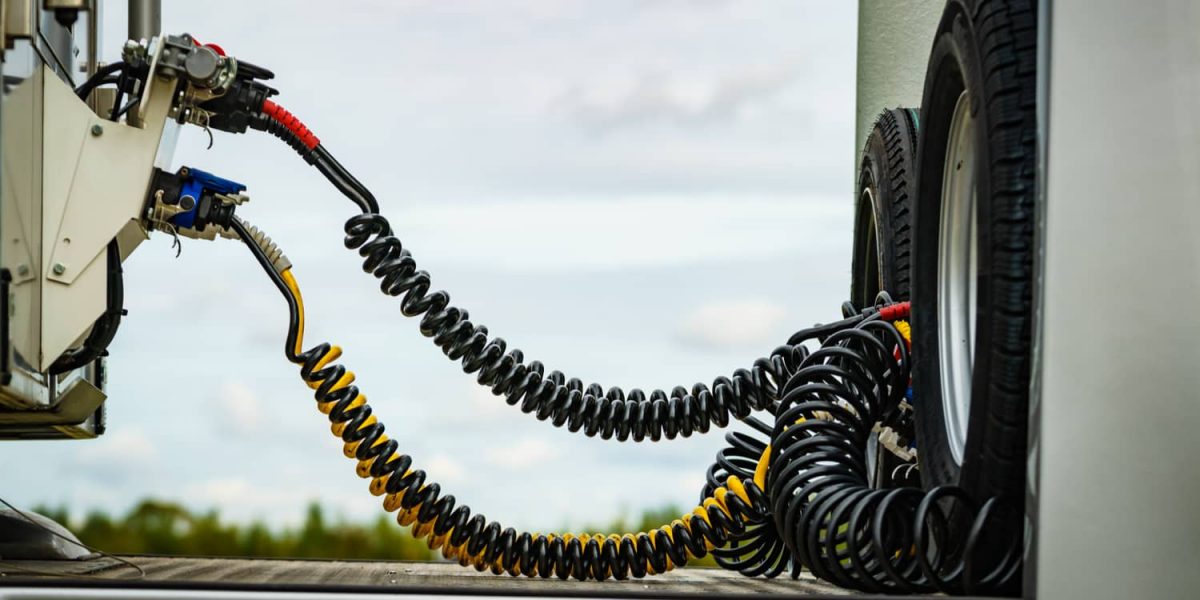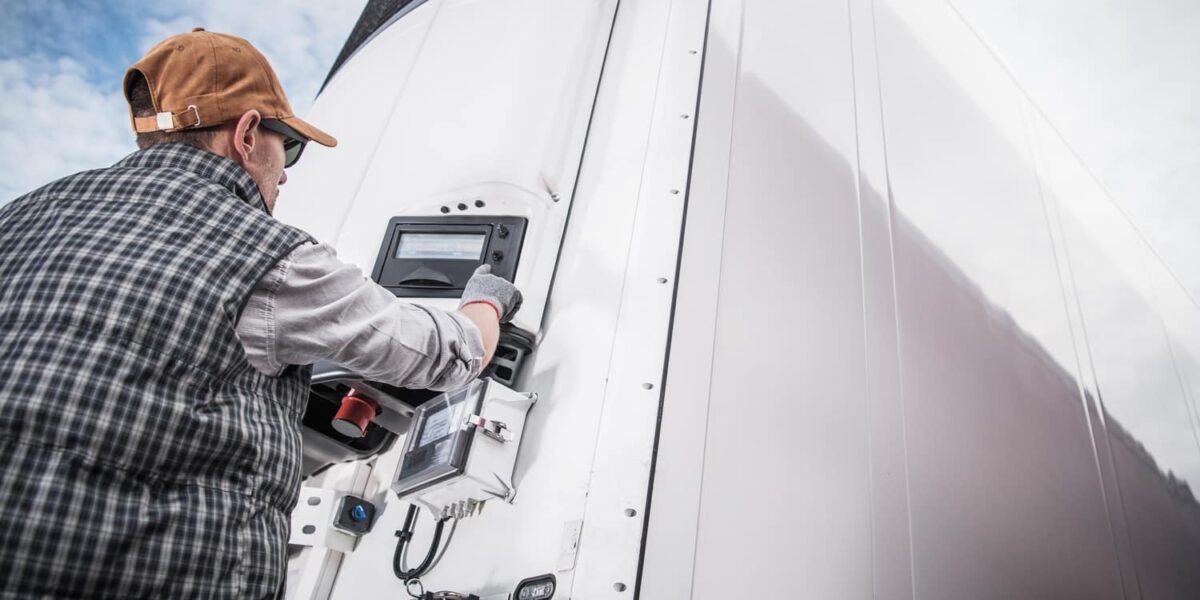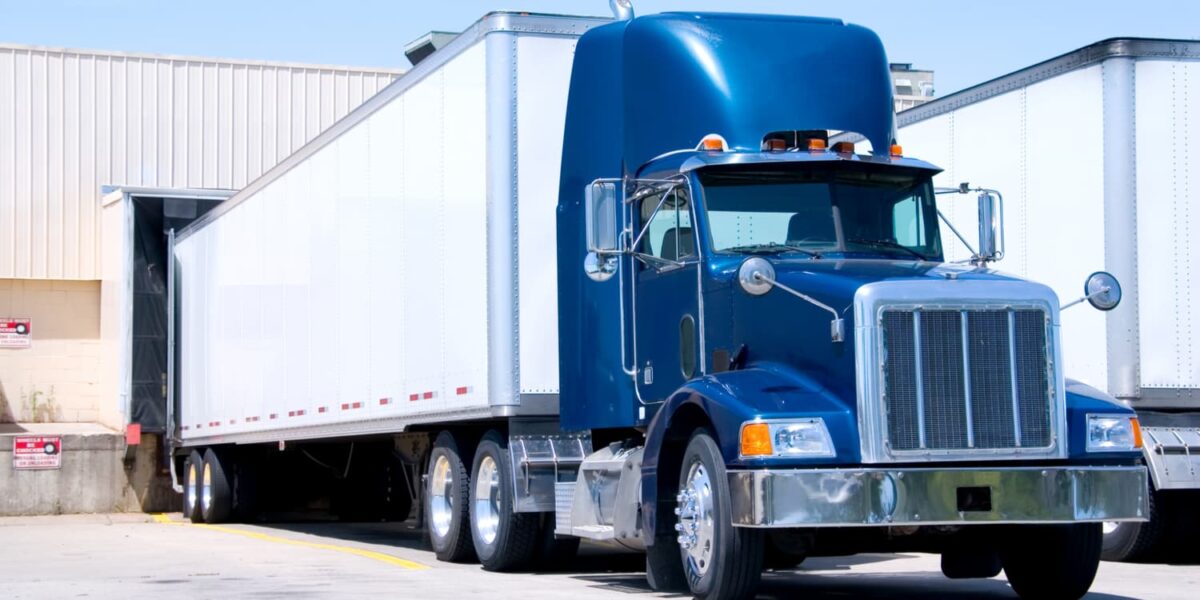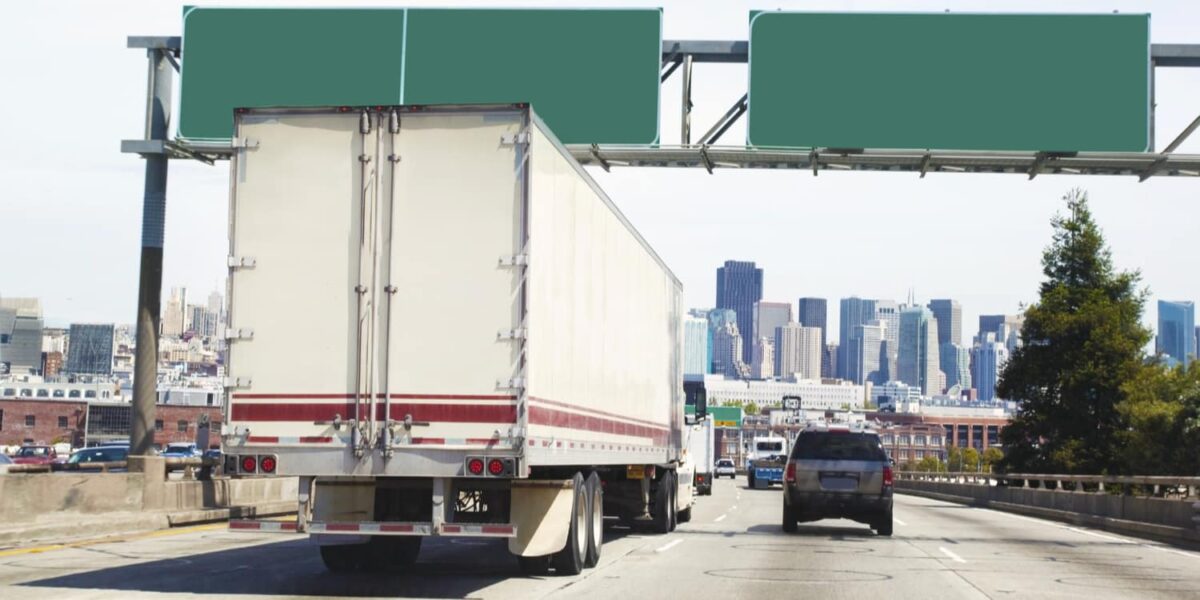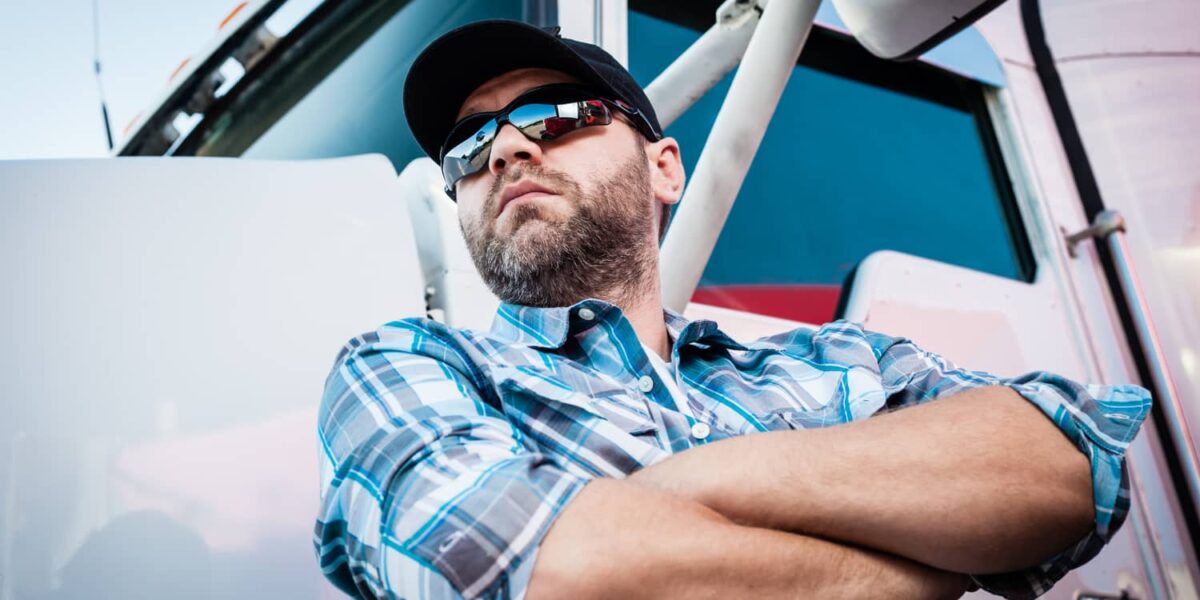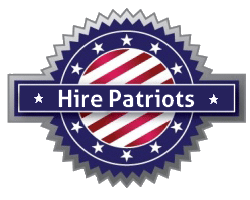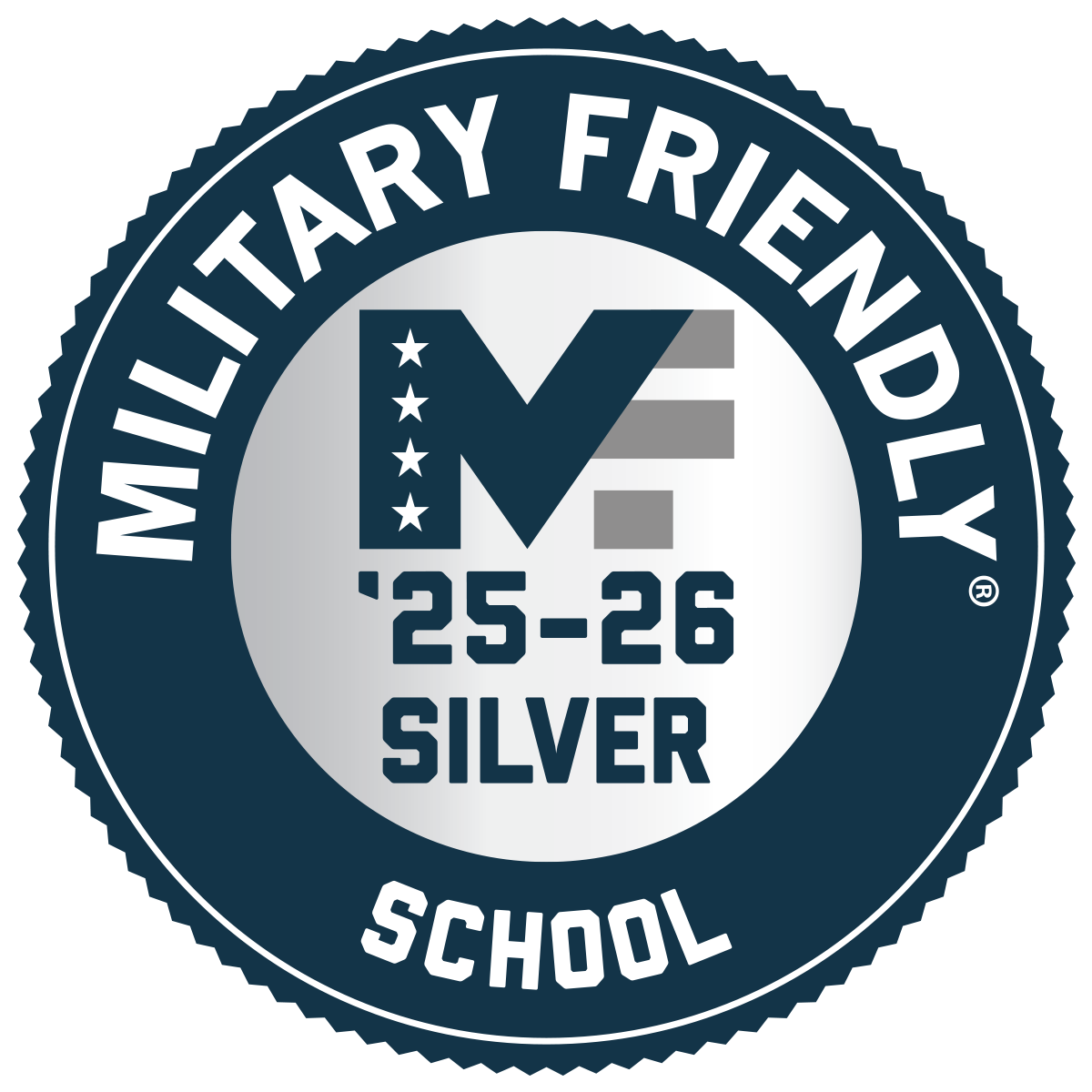There are a variety of jobs available to you after earning your commercial driver’s license (CDL). If you chose to drive a semi-truck, there are three broad categories based on route length: local, regional, and over-the-road (OTR) trucking. Understanding a bit about these types of trucking can help you decide which is best for your desired pay and lifestyle.
Some information about local, regional, and OTR trucking jobs:
Local Driving
Local truckers travel within a given city, county, or state. They will often have a dedicated route, meaning they travel to the same locations each day. With a local job, you will typically be home every night and will have one or two days off per week. The exact hours vary depending on the company.
Benefits Of Local Trucking
- Home Time: Getting home every night is the biggest reason drivers are interested in local jobs.
- Consistent Schedule and Route: With a local trucking job, you will generally know where you will be going and what you will be doing each day and your days off will usually be consistent. This makes planning life events easier, although some truckers also see it as a downside because a predictable routine can be less interesting.
What to Consider
- Harder to Get Hired: Compared to OTR and even regional jobs, local driving jobs have more competition and will typically prefer to hire experienced drivers.
- City Driving: Most of these jobs require a great deal of city driving, which can be challenging in such a large vehicle.
- Lower Pay: Although the exact pay varies depending on the employer, local jobs will usually pay less than OTR.
Regional Trucking
Regional truckers spend one to two weeks on the road at a time. They work within a smaller geographic area, usually a radius of 1,000 from their home terminal. Depending on the company, home time can be as often as every weekend. Many regional drivers have a dedicated route although others get different routes each time.
Benefits of Regional Routes
- Middle Ground Between Local and OTR: Regional jobs are a nice middle ground between local and OTR trucking. They pay more than local routes but offer more home time than long-haul driving.
- Dedicated Routes are Common: Dedicated routes are more common for regional jobs, so you have the opportunity to get used to the driving and the customer over time.
What to Consider
- Night Driving: One common type of regional trucking job is less-than-truckload (LTL) linehaul and these companies often schedule drivers to be on the roads at night due to the reduced traffic. Some truckers actually prefer this, whereas others would rather take an OTR job where they can schedule most of their driving during daylight hours.
- May Be a Compromise: Being a middle ground between local and OTR trucking is both a benefit and a drawback. It may be a compromise on either home time (compared to local) or pay (compared to OTR).
OTR
OTR truckers haul freight over long distances throughout the 48 continental United States. At some motor carriers, they may even travel into Mexico or Canada. Long-haul drivers are usually on the road for three to four weeks at a time. The amount of home time differs depending on the motor carrier.
Benefits of OTR Trucking
- Higher Pay: OTR jobs pay higher since they require more time away from home. Many companies offer sign-on bonuses, tuition reimbursement, and other financial incentives that further increase the amount of money you can earn.
- High Demand: Due to the truck driver shortage, there is a large demand for qualified OTR drivers. This makes it easier to find a job after graduation.
- Freedom of the Open Road: The OTR trucking lifestyle is unique and if you love the idea of waking up somewhere new each day and seeing more of the country, it may be a great choice for you.
What to Consider
- Time Away from Home: Long-haul driving requires spending time away from home.
- Less Predictable Schedule: You may not always know where you will be going next and will frequently be driving on new and different routes, especially as you are gaining experience. Some drivers enjoy this, whereas others find it overwhelming.
Job Placement Assistance
At Phoenix Truck Driving Institute, our job placement assistance team can answer any questions you may have about the different types of trucking and help you find companies that are hiring. Most graduates are able to find jobs at OTR companies more easily, but we can discuss your options with you and help you make a plan for your career.
